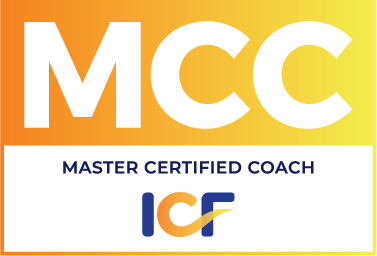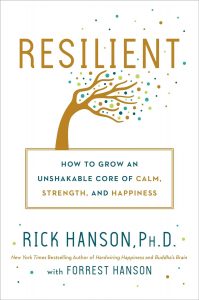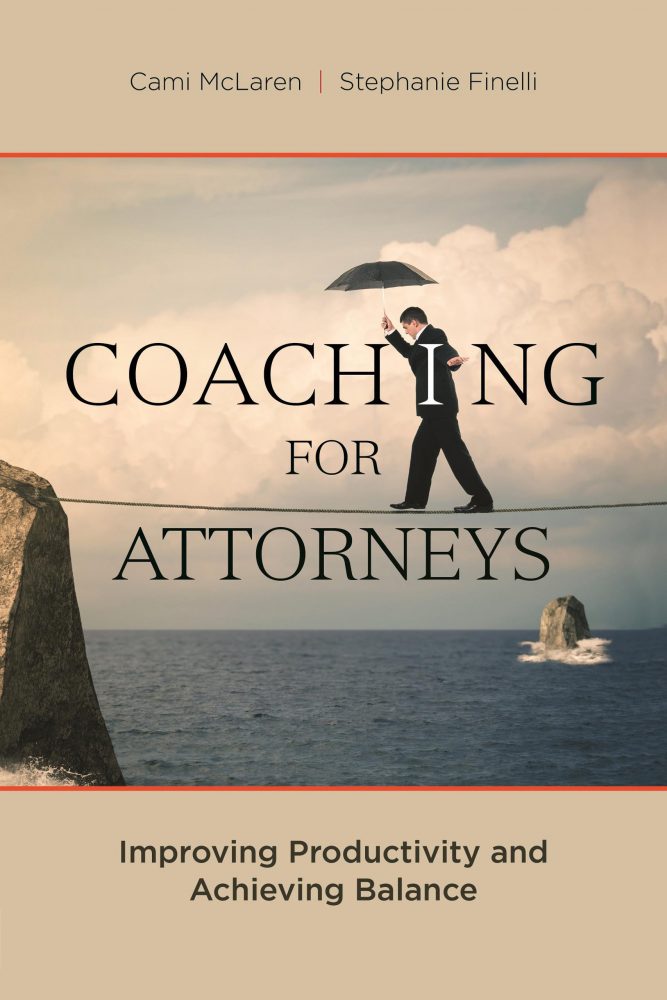If you did the guided visualization I posted last week, you will now have a sense of where you want to be at the end of 2016. And you may have created a list of outcomes you want to accomplish.
If you didn’t do the visualization, you can do that or you can simply ask yourself, “Where do I want to be on December 31, 2016?” The visualization will give you a better sense, but is not imperative.
So now you have, or you will create, a list of outcomes. They may look something like this:
1. In 2016, I have created a stronger relationship with my spouse. I feel happy and at peace and we are working together as parents.
2. In 2016, I grossed $100,000 in my business.
3. In 2016, I lost 20 pounds and maintained a weight of 150-160 pounds throughout the year.
It is good to have both business goals and personal goals. I personally separate mine so that I have a McLaren Coaching list of goals and I have a personal/family/health/relationships list of goals. You can do it however you like.
So what’s next? The ultimate objective here, of course, is that on December 31, you can look at your list of goals and feel you have accomplished them. But December 31 is a long way away. Many people get there and don’t even remember they made goals for this year. So you will want a way to keep them in front of you and to translate them into action, without overwhelming yourself.
As a side note, this way of setting goals for the year is distinct from the “New Year’s Resolution” because the New Year’s Resolution says only, “I will do this for the rest of the year.” The reason so many people drop off after a week or two is that “the rest of the year” is too big a piece to think about and commit to. You may as well say, “I will start this new habit today and continue for the rest of my life.” But if you fail at some point, and you will, you lose momentum. Here is a different way to do it – feel free to change this to fit your particular needs:
Step One: Write out where you will be on October 1, that will mean you are on track to your December 31 outcomes. For example,
1. My spouse and I will be communicating regularly about our children and will have taken a parenting class.
2. My business will have made $75,000.
3. I will have lost at least 15 pounds.
Step Two: Write out where you will be on July 1, that will mean you are on track to your October 1 milestone.
Step Three: Write out where you will be on April 1, that will mean you are on track to your July 1 milestone.
Step Four: Write out where you will be on March 1, that you will be on track to your April 1 milestone.
Step Five: Write out where you will be on February 1, that you will be on track to your March milestone.
Step Six: What do you need to accomplish this week so that you will be on track to your February 1 milestone?
Step Seven: What do you need to accomplish today to be on track to your milestone for this week?
We call this method “chunking down.” We chunk down outcomes or tasks that feel or seem too big. It is a way to not become overwhelmed with the size of the goal, and to also connect your small current step to your larger overall goal. Sometimes we look at where we want to be in a year and we think, “Wow; I can never get there. This small step today will not achieve that result.” But as you know, each step moves you closer. And when all you are aiming to achieve is a result for this week, it can feel much less daunting.
Finally, I do strongly recommend that you get yourself an accountability partner. This is one of the reasons that people hire coaches – to have someone keep them on track and have someone to report their weekly progress to. I have a coach myself. I only meet with her every few weeks, but I write down my action steps for the week every week and send them to her along with an update on my progress from the prior week.
So there you go, 2016 laid out before you. Exciting! Be sure to write it all down and be sure to look at it every week as you make your weekly goals and take your daily action. Good luck!








